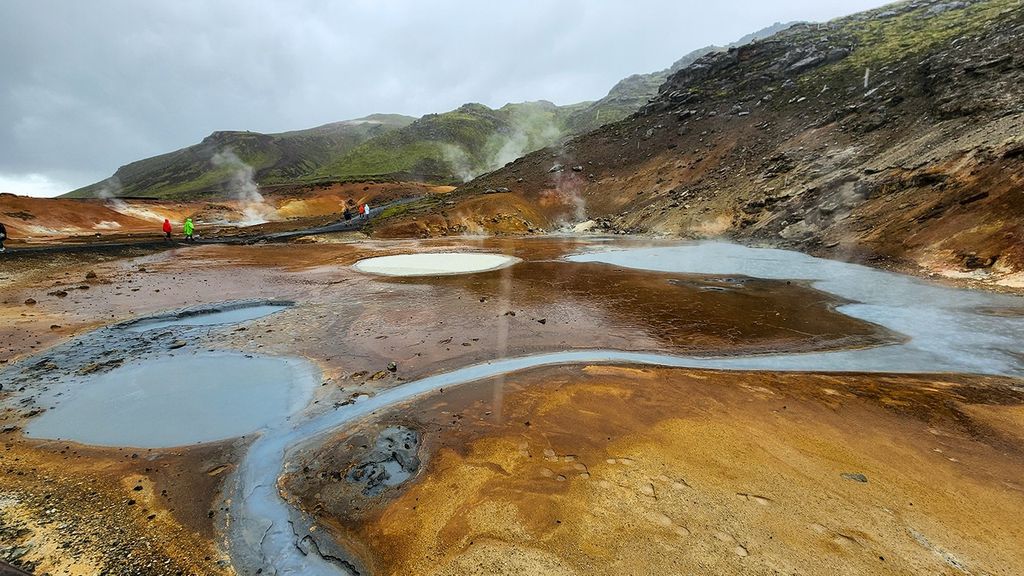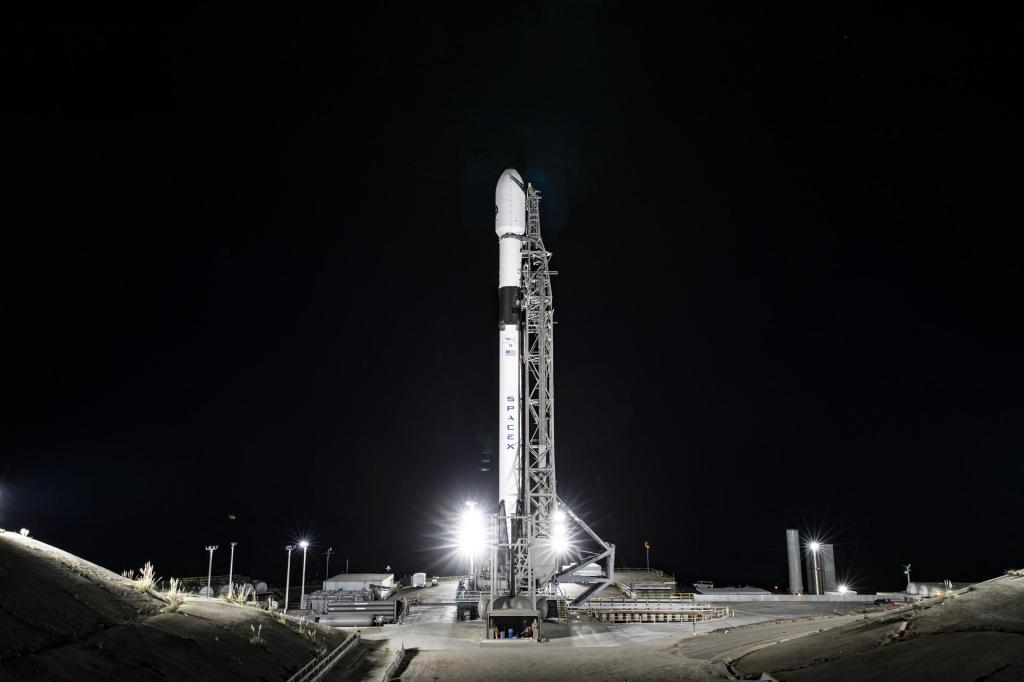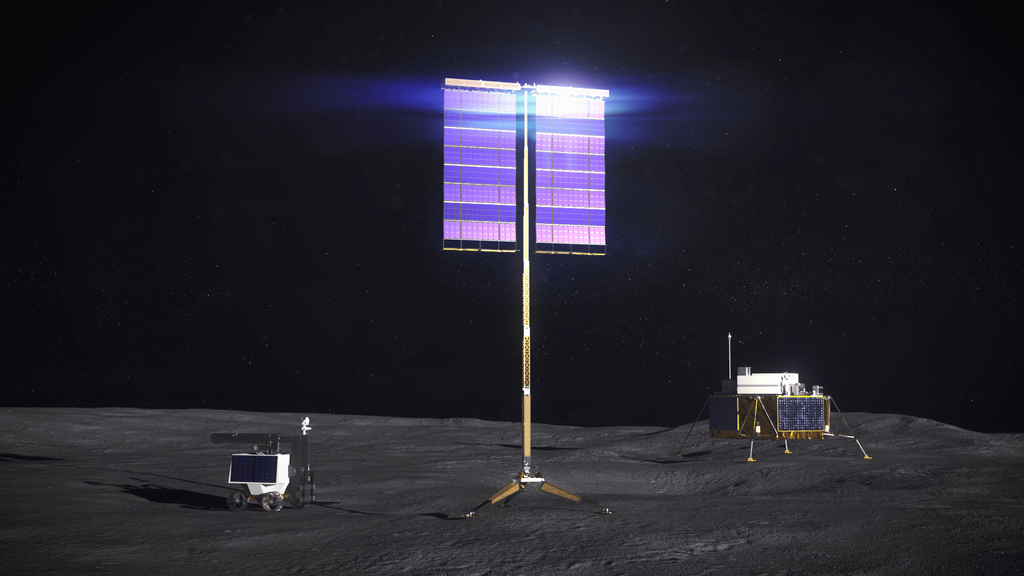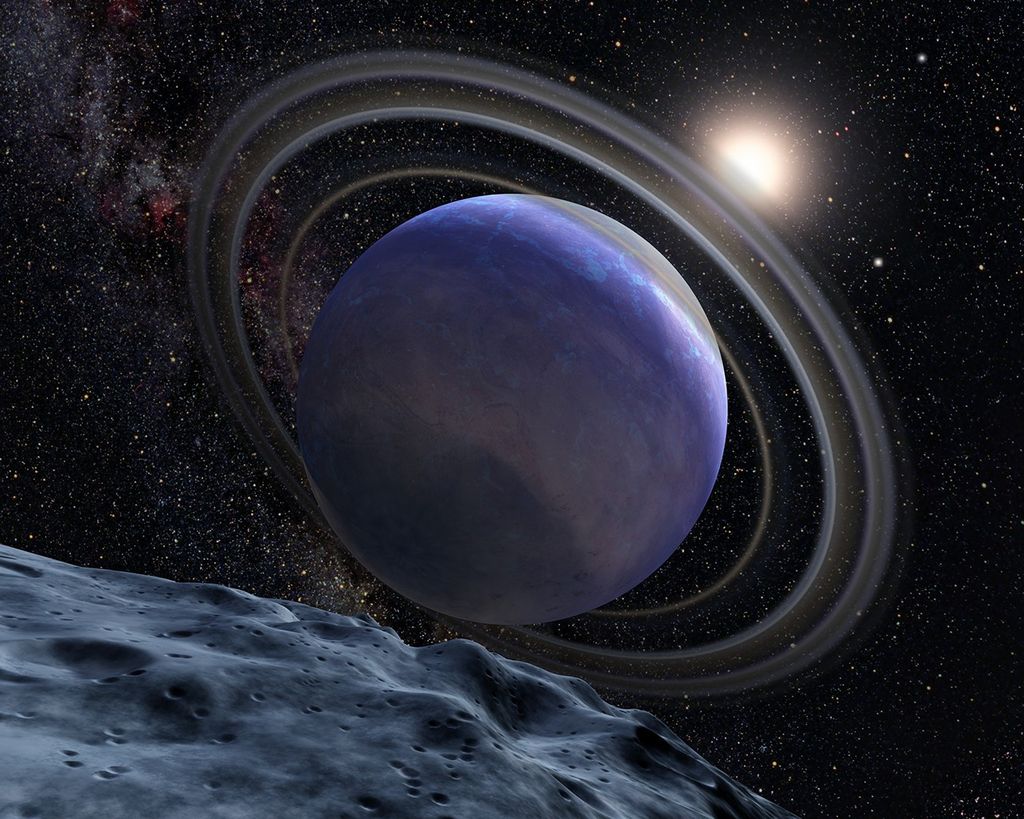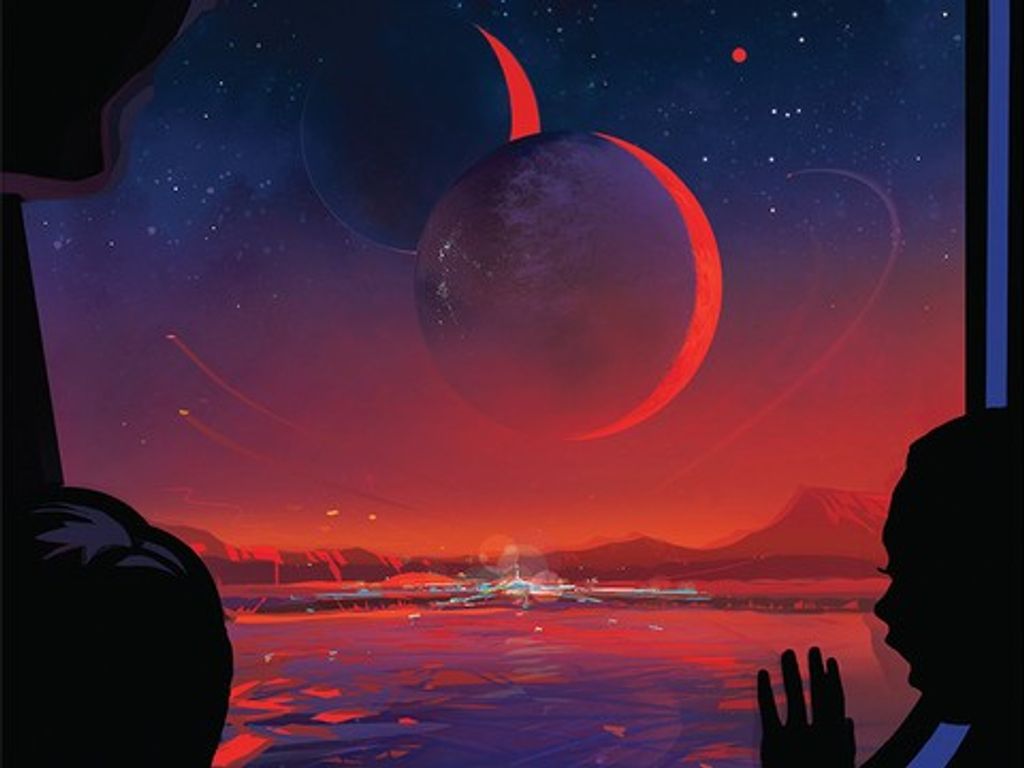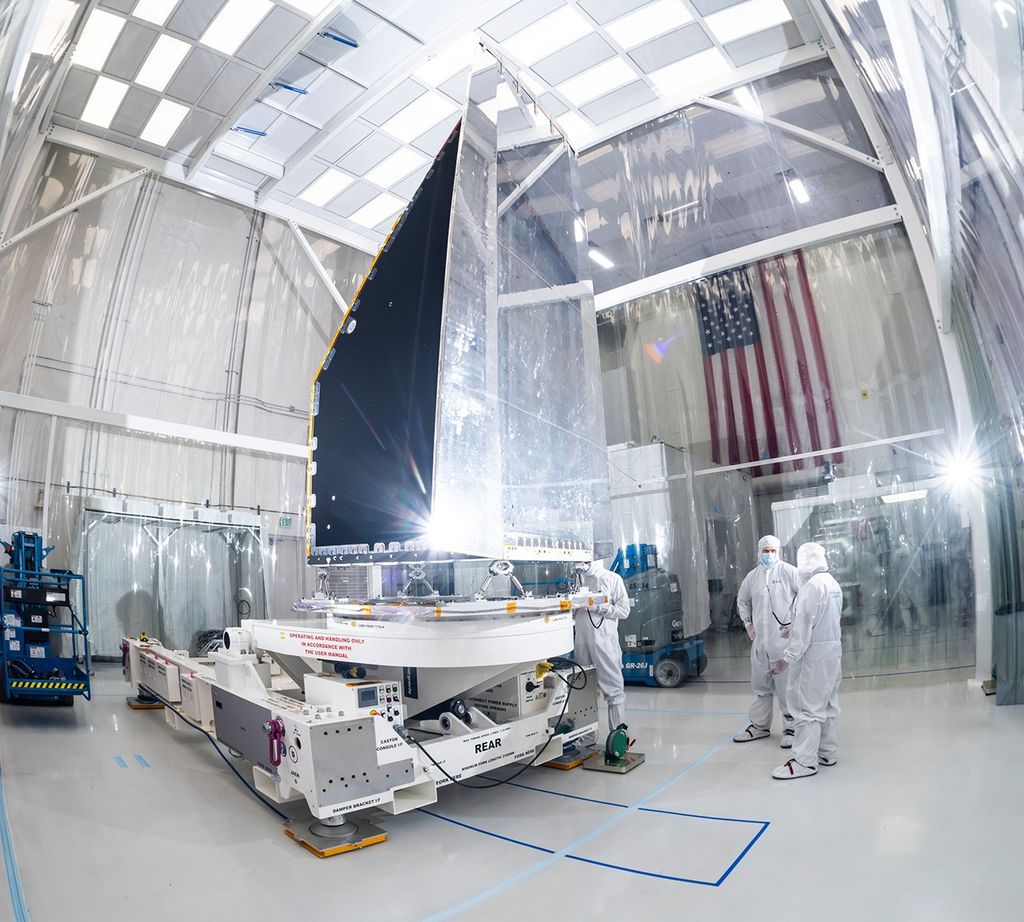1 min read
Lensing Galaxy Cluster Abell 383 (Annotated)

Astronomers have uncovered one of the youngest galaxies in the distant universe, with stars that formed 13.5 billion years ago, a mere 200 million years after the Big Bang. The finding addresses questions about when the first galaxies arose, and how the early universe evolved.
NASA's Hubble Space Telescope was the first to spot the newfound galaxy. Detailed observations from the W.M. Keck Observatory on Mauna Kea in Hawaii revealed the observed light dates to when the universe was only 950 million years old; the universe formed about 13.7 billion years ago.
Infrared data from both Hubble and NASA's Spitzer Space Telescope revealed the galaxy's stars are quite mature, having formed when the universe was just a toddler at 200 million years old.
The galaxy's image is being magnified by the gravity of a massive cluster of galaxies (Abell 383) parked in front of it, making it appear 11 times brighter. This phenomenon is called gravitational lensing.
Hubble imaged the lensing galaxy Abell 383 with the Wide Field Camera 3 and the Advanced Camera for Surveys in November 2010 through March 2011.
About the Object
- R.A. PositionR.A. PositionRight ascension – analogous to longitude – is one component of an object's position.02h 48m 06s.96
- Dec. PositionDec. PositionDeclination – analogous to latitude – is one component of an object's position.-03° 29' 31".81
- ConstellationConstellationOne of 88 recognized regions of the celestial sphere in which the object appears.Eridanus
About the Data
- Data DescriptionData DescriptionProposal: A description of the observations, their scientific justification, and the links to the data available in the science archive.
Science Team: The astronomers who planned the observations and analyzed the data. "PI" refers to the Principal Investigator.The image was created from Hubble data from proposal 12065 : M. Postman (PI; STScI) et al.
The science team comprises J. Richard (Centre for Astronomical Research/Observatory of Lyon, France), J.-P. Kneib (Astrophysical Laboratory of Marseille, France), H. Ebeling (Institute of Astronomy/University of Hawaii), D. Stark (Institute of Astronomy/University of Cambridge, UK), and E. Egami and A. Fiedler (Steward Observatory/University of Arizona)
- InstrumentInstrumentThe science instrument used to produce the data.HST>ACS/WFC and HST>WFC3/IR
- Exposure DatesExposure DatesThe date(s) that the telescope made its observations and the total exposure time.November 2010 through March 2011
- FiltersFiltersThe camera filters that were used in the science observations.F775W (i), F814W (I), F850LP (z), F110W (YJ), F125W (J), F160W (H)
- Object NameObject NameA name or catalog number that astronomers use to identify an astronomical object.Abell 383
- Object DescriptionObject DescriptionThe type of astronomical object.Gravitational Lensing Galaxy Cluster
- Release DateApril 12, 2011
- Science ReleaseNASA Telescopes Help Discover Surprisingly Young Galaxy
- Credit
Related Images & Videos

Lensing Galaxy Cluster Abell 383
Astronomers have uncovered one of the youngest galaxies in the distant universe, with stars that formed 13.5 billion years ago, a mere 200 million years after the Big Bang. The finding addresses questions about when the first galaxies arose, and how the early universe evolved....
Share
Details
Claire Andreoli
NASA’s Goddard Space Flight Center
Greenbelt, Maryland
claire.andreoli@nasa.gov








